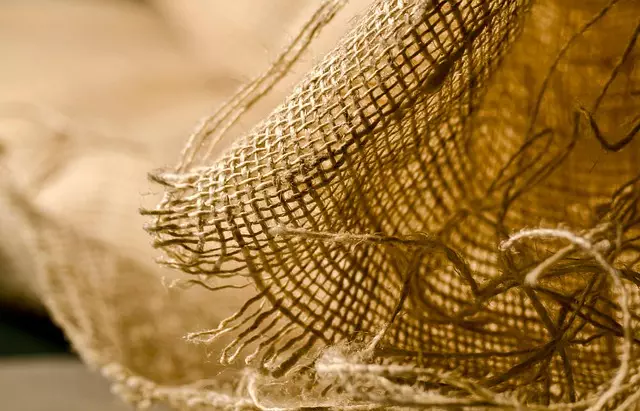Muscle soreness is a common issue caused by microscopic tears in muscle fibers. The Kratom tree (Mitragyna speciosa), native to Southeast Asia, offers natural relief with its alkaloids mitragynine and 7-hydroxymitragynine that interact with opioid receptors. This plant can grow up to 30 feet tall, has large compound leaves, and is culturally significant for its traditional medicinal uses. Recently recognized for alleviating muscle soreness, kratom's natural analgesics block pain signals, reduce inflammation, and boost endorphins. To visualize a kratom tree, think of a palm-like plant with large complex leaves.
Muscle soreness can be a debilitating condition, affecting daily life and physical performance. Understanding its causes is key to effective relief. This article explores how the Kratom tree, scientifically known for its medicinal properties, offers a natural solution.
We’ll delve into the world of this fascinating plant, uncovering its appearance—what does a kratom tree look like?—and revealing how its active compounds can help ease muscle discomfort. By the end, you’ll grasp the potential benefits of Kratom as a safe and effective remedy for muscle soreness.
- Understanding Muscle Soreness and Its Causes
- The Kratom Tree: Appearance and Benefits
- How Kratom Can Help Relieve Muscle Soreness
Understanding Muscle Soreness and Its Causes

Muscle soreness is a common issue that can arise from various physical activities, ranging from intense workouts to everyday tasks. It’s essentially the body’s response to muscle damage and inflammation. When we exert ourselves, our muscles undergo stress, leading to microscopic tears in the muscle fibers. This process triggers a series of reactions, including the release of chemicals that cause pain and discomfort. Understanding these causes is crucial when seeking effective relief, especially considering the natural landscape where kratom trees thrive—a lush green environment that contrasts with the internal struggle of sore muscles.
The kratom tree (Mitragyna speciosa), native to Southeast Asia, has gained attention for its potential therapeutic benefits. Its leaves contain alkaloids, including mitragynine and 7-hydroxymitragynine, which interact with opioid receptors in the body, offering pain relief and other medicinal properties. This natural compound has become a topic of interest for those seeking alternatives to traditional pain management methods, particularly for muscle soreness relief.
The Kratom Tree: Appearance and Benefits

The Kratom tree, scientifically known as Mitragyna speciosa, is a vibrant and robust plant that thrives in tropical regions. This beautiful tree can grow up to 15 meters tall with strong, wooden stems and broad, compound leaves. Its foliage is often described as lush and green, creating a dense canopy that provides shade. Beyond its aesthetic appeal, the Kratom tree holds immense cultural and medicinal significance for communities in Southeast Asia.
For centuries, various parts of the Kratom tree have been used traditionally to manage pain, reduce fatigue, and promote overall well-being. The leaves, in particular, are known for their potent compounds that interact with opioid receptors in the body, offering potential relief from muscle soreness and other discomforts. Modern research continues to explore the therapeutic benefits of Kratom, uncovering its anti-inflammatory, analgesic, and mood-enhancing properties.
How Kratom Can Help Relieve Muscle Soreness

Kratom, derived from the leaves of the Mitragyna speciosa plant—commonly known as the kratom tree, which resembles a palm with large compound leaves—has been used for centuries in Southeast Asia for its medicinal properties. In recent years, it has gained attention for its potential benefits in alleviating muscle soreness. The primary active compounds in kratom, mitragynine and 7-hydroxymitragynine, interact with opioid receptors in the body, offering pain-relieving effects that can be particularly effective for post-workout muscle aches.
These natural analgesics work by blocking pain signals from reaching the brain, reducing inflammation, and potentially increasing levels of endorphins, our body’s natural painkillers. Many users report a sense of relaxation and reduced muscle tension after consuming kratom, making it a popular choice for those looking for alternative methods to manage chronic or acute muscle soreness without relying on prescription medications.
Kratom, derived from the Mitragyna speciosa tree, offers a natural solution for muscle soreness relief. By understanding the causes and effects of this common post-exercise issue, and appreciating the unique appearance and benefits of the kratom tree, we can explore how it acts as a potent analgesic. The scientific evidence suggests that kratom’s active compounds interact with opioid receptors to reduce pain perception, making it a compelling alternative for those seeking natural muscle soreness remedies. What does a kratom tree look like? Visually, it resembles an evergreen shrub or small tree with broad leaves, and its benefits extend beyond aesthetic appeal, providing potential relief for active individuals dealing with muscle recovery challenges.






